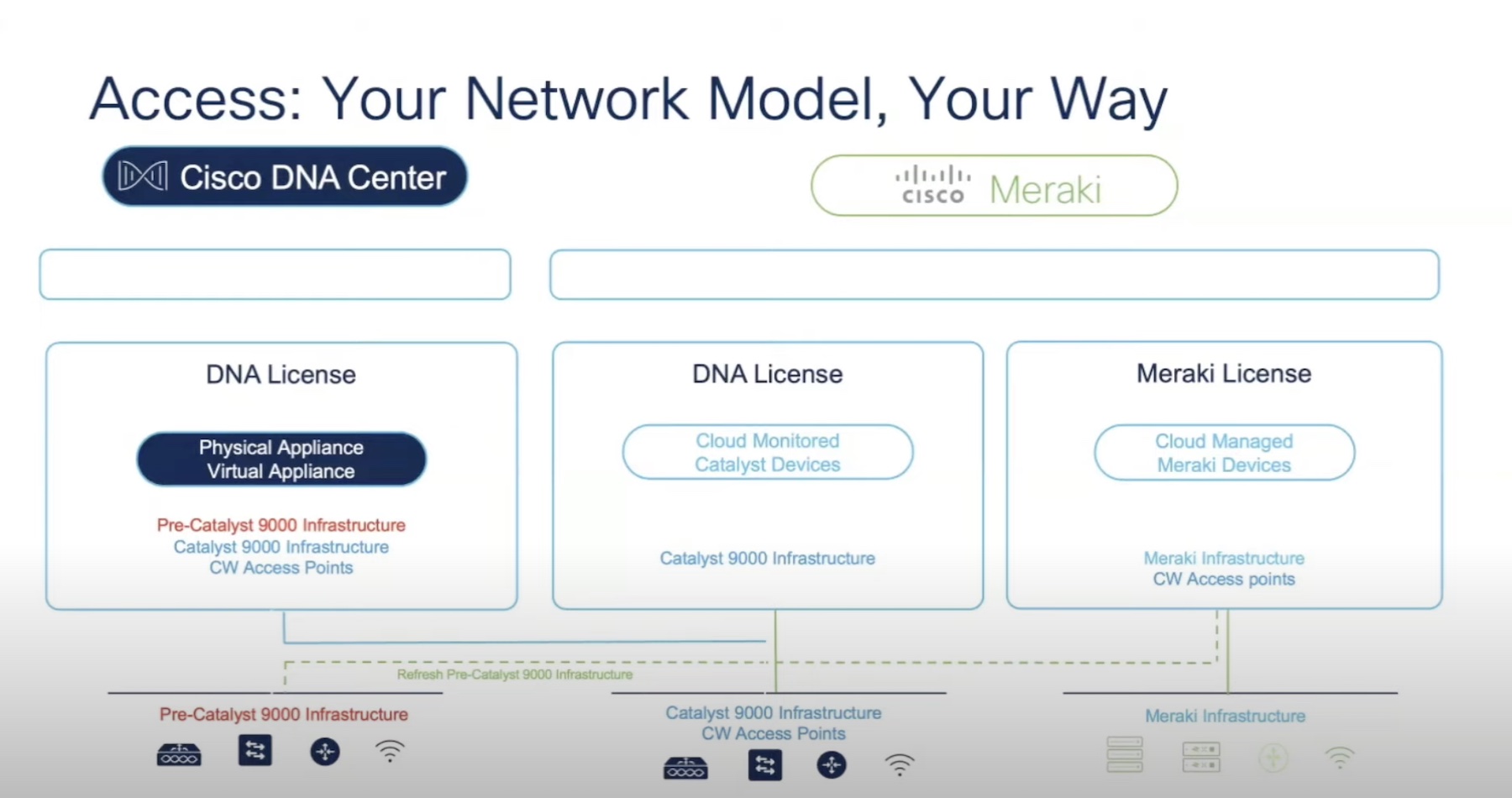The enterprise campus isn’t a data center. It’s a world of users and access layer switches without fancy software and capabilities. You won’t find 10Gb Ethernet or VXLAN. You will find Power-over-Ethernet (PoE) and high port density in wiring closets. And more and more you’ll find wireless access points.
Wireless is the new edge. Users don’t go looking for Ethernet cables unless they have no other choice. Laptops, mobile devices, and IoT gadgets all need WiFi. Even the old bastions of wired connectivity, like printers and desktop computers, are becoming wireless with each passing day. In order to compete in the enterprise market, you need to have a wireless presence.
Campus Connectivity
Arista Networks recently announced a new line of campus switches. They’re looking to enhance the campus edge with their mix of EOS as the operating system and CloudVision as an orchestration layer to help organizations manage their distribution layer switches. Arista is terming this line the “Cognitive Campus” and positioning the devices as a “spline” layer, which stands for a collapsed leaf/spine switch.
The classic leaf/spine design mimics the traditional collapsed core model. The leaves are the access layer for devices and the spines are the core and distribution. With a spline switch, you can put everything together in one group. That makes it much easier to deploy and manage. However, splines are targeted toward the aggregation layers only. Splines are not designed to offer edge connectivity to users.
Enter Mojo Networks. Announced yesterday, Arista will acquired Mojo Networks and their wireless portfolio to integrate into the Cognitive Campus architecture. Mojo gives Arista the ability to tap into edge connectivity without the hassle of developing access layer switches. By utilizing the technology behind Mojo Networks as the baseline for a new line of wireless endpoints, Arista can capture campus deployments from the edge all the way back to the data center without the need to develop their own wireless technology.
Worlds Without Wires
Most of the major campus network vendors have acquired their way into a workable wireless solution. Cisco acquired Aironet for their first entry and then bought Airespace to get a controller based solution. Juniper had a run at campus wifi with Trapeze before their VC backers sank that project. Brocade bought Ruckus Wireless before selling them to ARRIS in the great selloff to get acquired by Brocade. Even Extreme Networks acquired Enterasys to build up their wireless portfolio.
The news is good for Mojo Networks as well. Mojo has been working slowly but steadily to innovate around security and software defined access points. They’ve pushed the boundaries of running open software loads and using ONIE as the boot loader for their APs. Honestly, I wouldn’t be surprised to see a version of EOS that is specially developed to integrate the code that Mojo has been working on and give administrators a common platform between data center, campus, and edge connectivity.
The response from the community is very positive too. Joshua Williams, Wireless Architect, says that it’s “a great acquisition to help [Arista] create a more intelligent access layer. If you don’t already have a Wi-Fi solution you’re leaving out a huge part of the equation.” Also, a tweet from Drew Lentz:
Exciting news! @AristaNetworks announces acquisition of @mojonetworks_! Software Defined & Cognitive WiFi move into a new era! So happy for these 2 companies and the #WiFi industry! #WayToGo #GoodStuff #SDN
— WirelessNerd (@Wirelessnerd) August 2, 2018
Bringing It All Together
Mojo Networks gets the muscle they need to compete against Cisco and Aruba. Arista gets the wireless piece they needed to be super competitive in the campus connectivity market. The technology developed by Mojo will live on in whatever product line that Arista develops to break into the wireless market. There’s a huge upside here with the technology that both companies have been working on. The landscape for the leadership of the wired and wireless space is going heat up in the coming months for sure.




